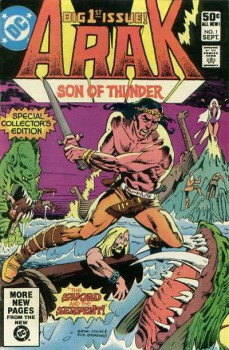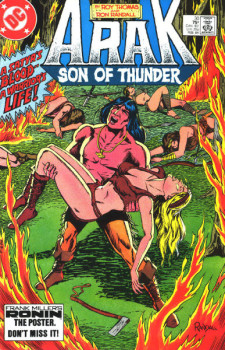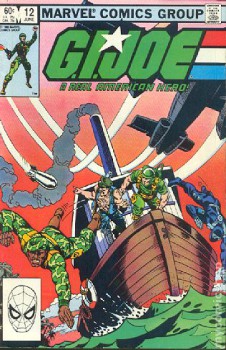Jinnrise and the Game of Life
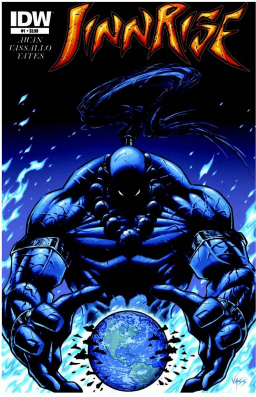 “The game of life’s about us all…wherever we are or wherever we’re from.” Jinnrise, my comic book series published by IDW Publishing, was inspired by this mantra and line from issue #1. The best of stories, those that resonate throughout the ages, start with the seeds of a theme.
“The game of life’s about us all…wherever we are or wherever we’re from.” Jinnrise, my comic book series published by IDW Publishing, was inspired by this mantra and line from issue #1. The best of stories, those that resonate throughout the ages, start with the seeds of a theme.
Informed by the writer’s passions and experiences, the essence of the story springs forth. Such was the case for me.
Growing up in a mixed heritage household, I found myself drawn to novels, comics, and films that celebrated our common humanity. Fears, hopes, nightmares, and dreams: the ties that bind were what fascinated me the most. The outer trappings and vehicles of storytelling? In the short term, they didn’t really matter.
As I became a more discerning fan of genre entertainment, I grew less and less excited about the tentpole projects being announced year after year. Conventions like San Diego Comic-Com were no longer celebrations, but yearly commentaries on the growing stagnancy in science fiction and fantasy.
How many stories with zombies, vampires, robots, and wizards could one enjoy without being overwhelmed by déjà vu?
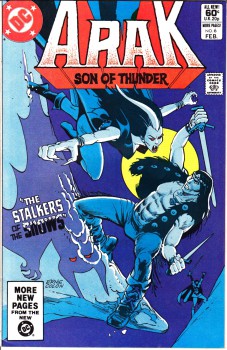
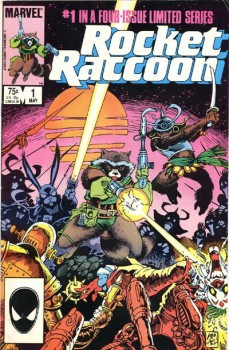
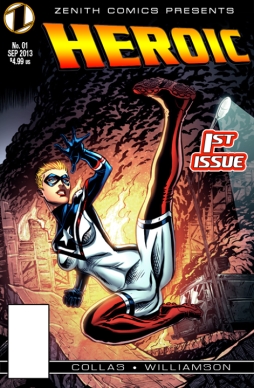 There’s been much discussion lately on Black Gate about Kickstarter: about projects
There’s been much discussion lately on Black Gate about Kickstarter: about projects 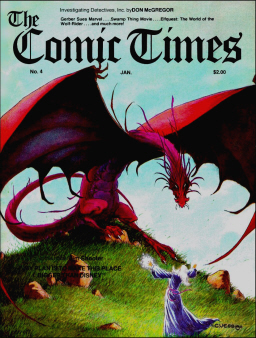
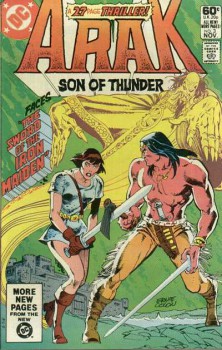
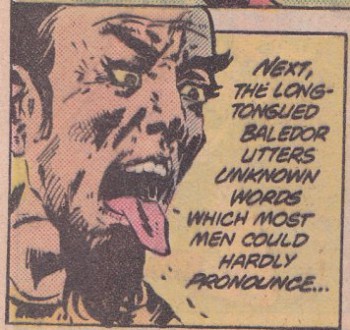
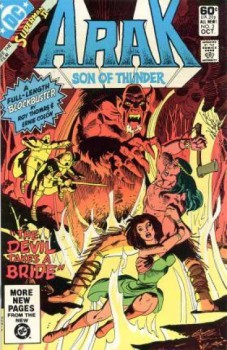
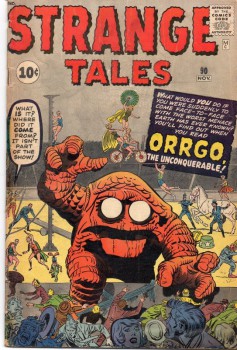
 A couple Wednesdays ago, I did something I haven’t done in ages. I went down to my local comic store on new-comic day (which is Wednesdays) and bought a new super-hero comic off the rack. Not a Marvel or DC book, though — not really, though it was published by DC’s Vertigo imprint. This was the return of a series first published in 1995, under the Image Comics banner. The title’s moved around a fair bit since, and frequently been on hiatus from regular publication. But it’s back now, and hopefully for a long time to come. It’s Kurt Busiek’s Astro City, and I want to talk about what it is and why I’m going to be buying it going forward.
A couple Wednesdays ago, I did something I haven’t done in ages. I went down to my local comic store on new-comic day (which is Wednesdays) and bought a new super-hero comic off the rack. Not a Marvel or DC book, though — not really, though it was published by DC’s Vertigo imprint. This was the return of a series first published in 1995, under the Image Comics banner. The title’s moved around a fair bit since, and frequently been on hiatus from regular publication. But it’s back now, and hopefully for a long time to come. It’s Kurt Busiek’s Astro City, and I want to talk about what it is and why I’m going to be buying it going forward.